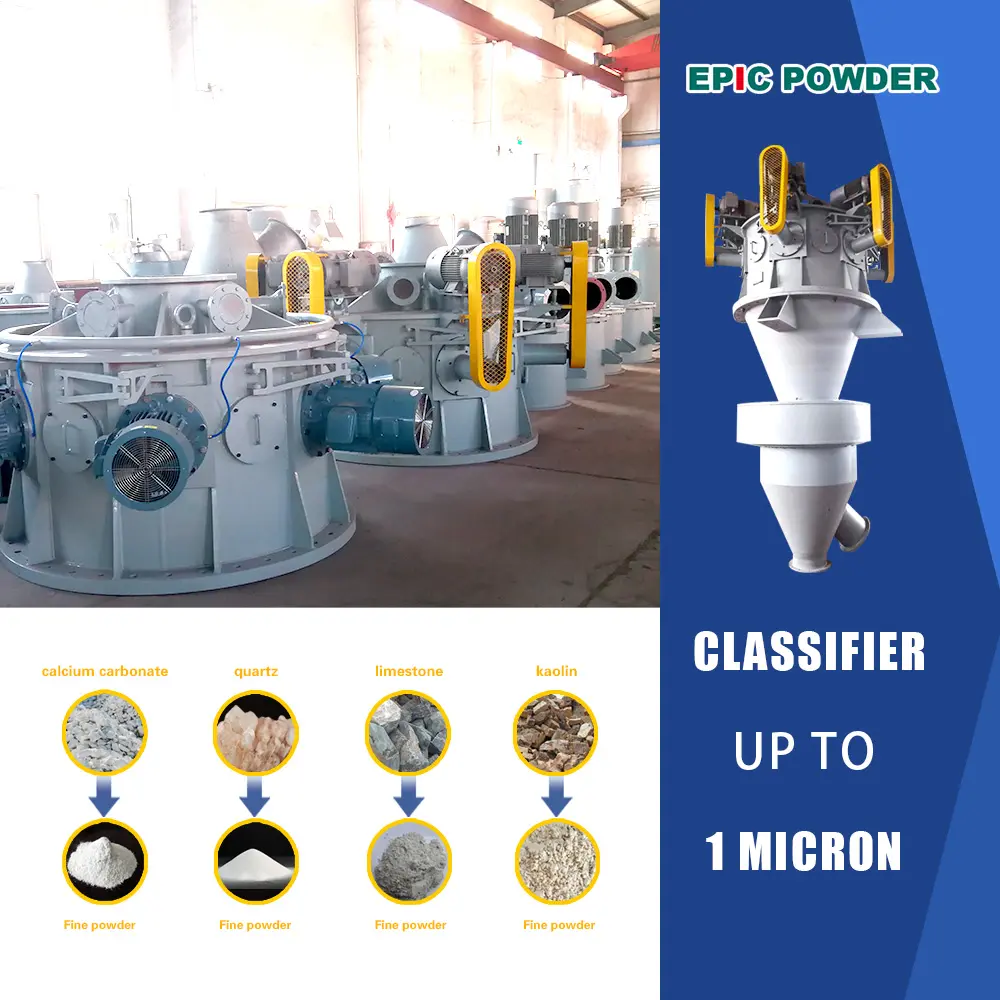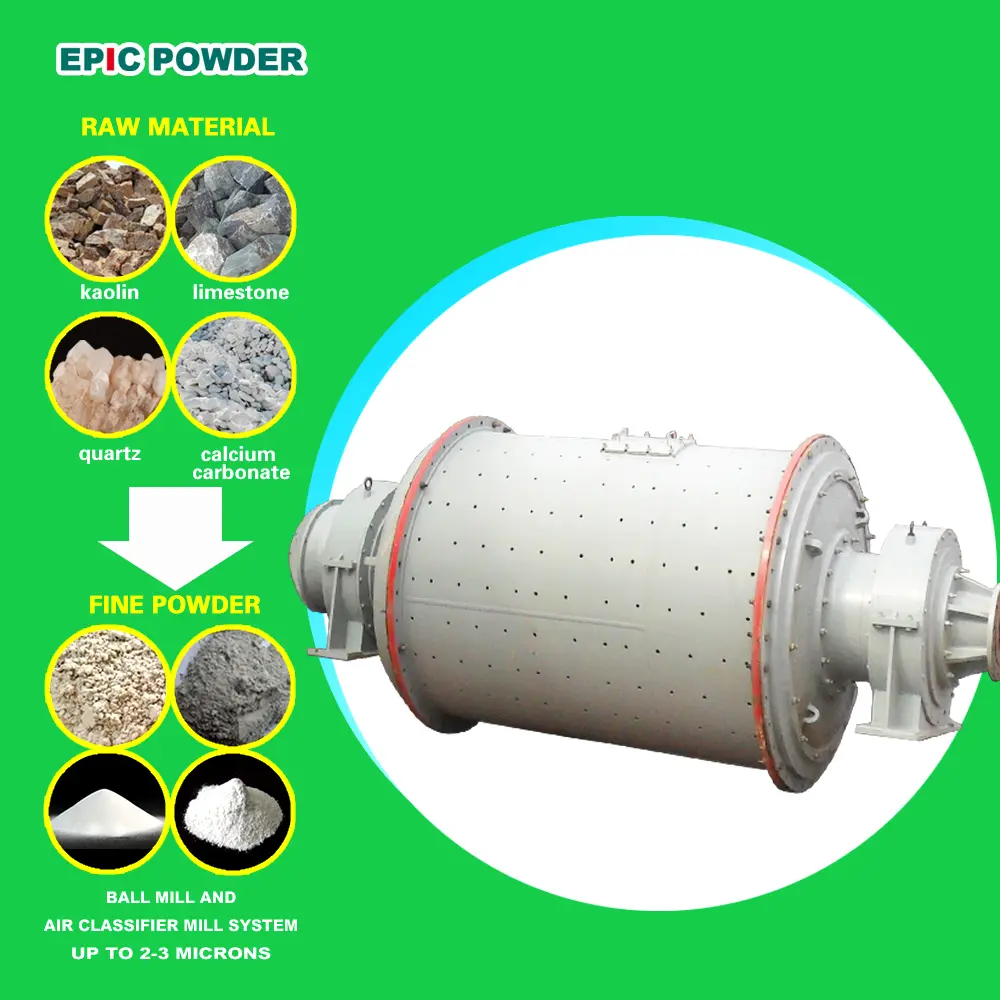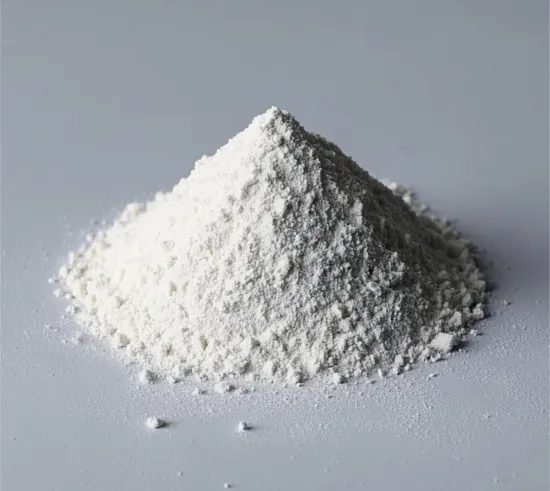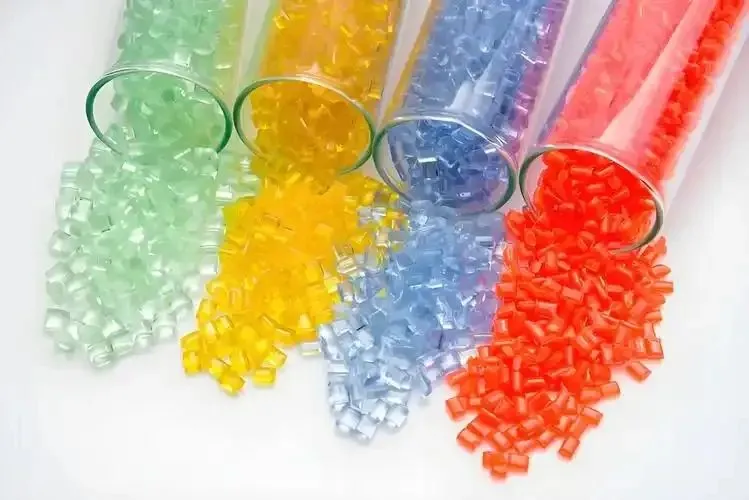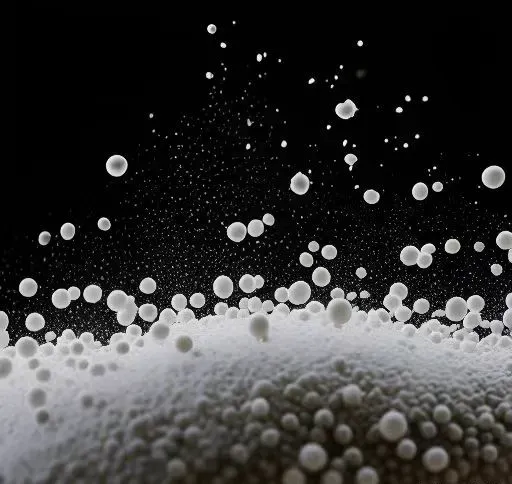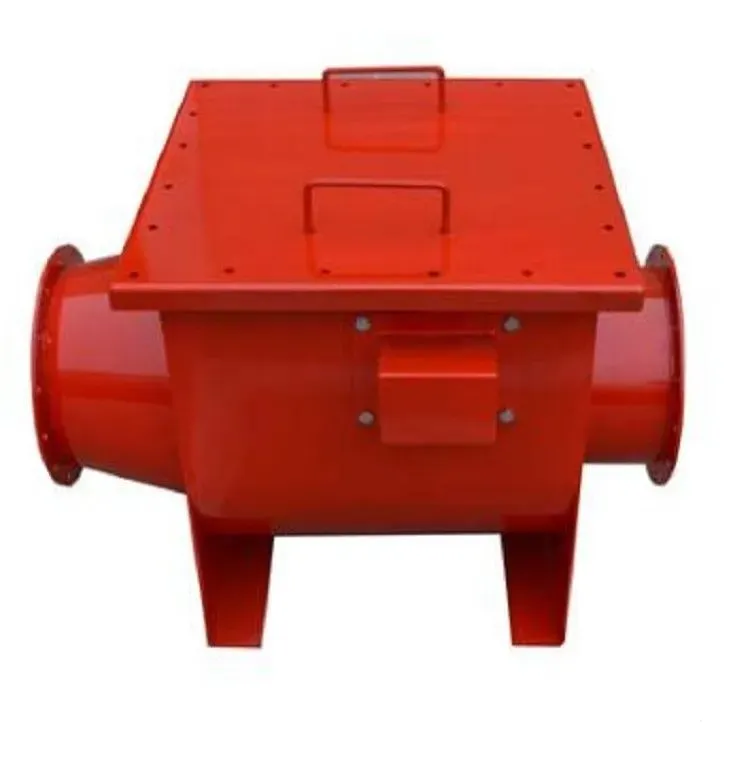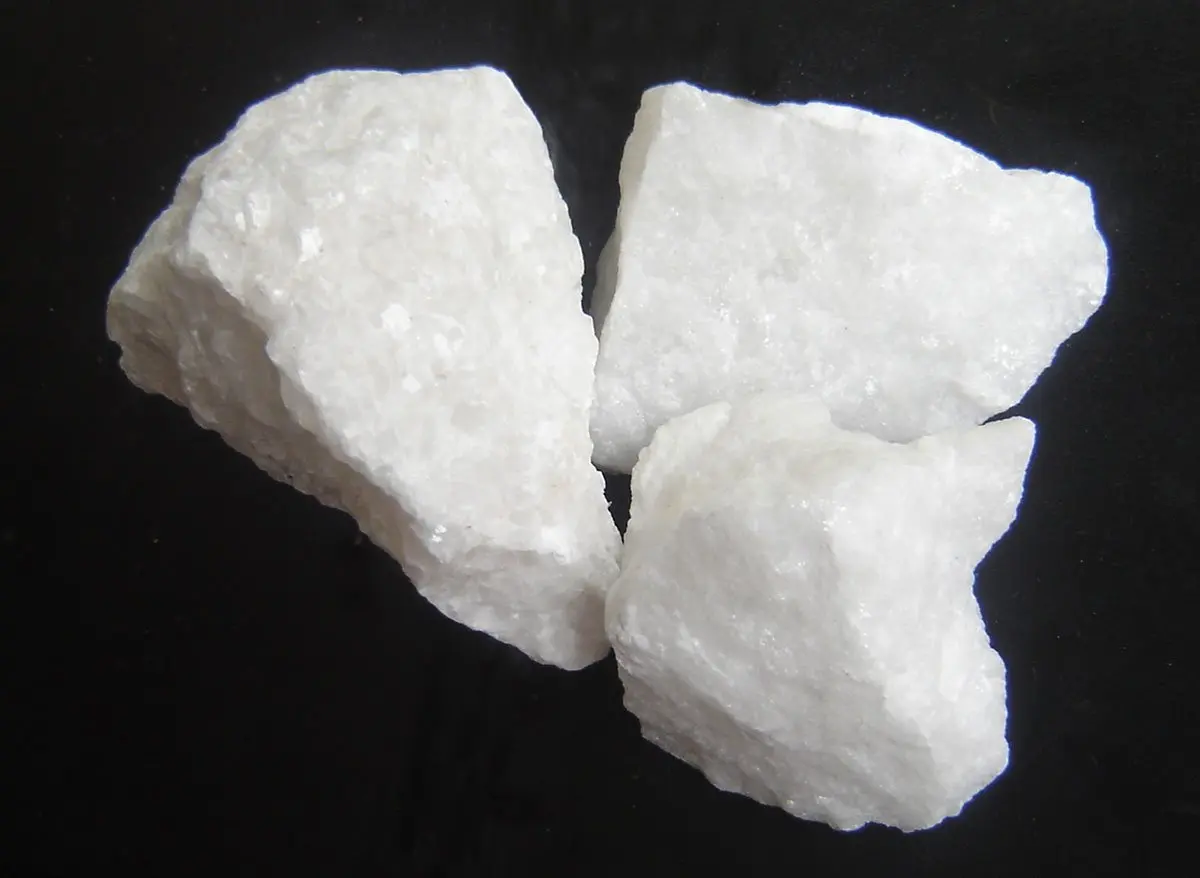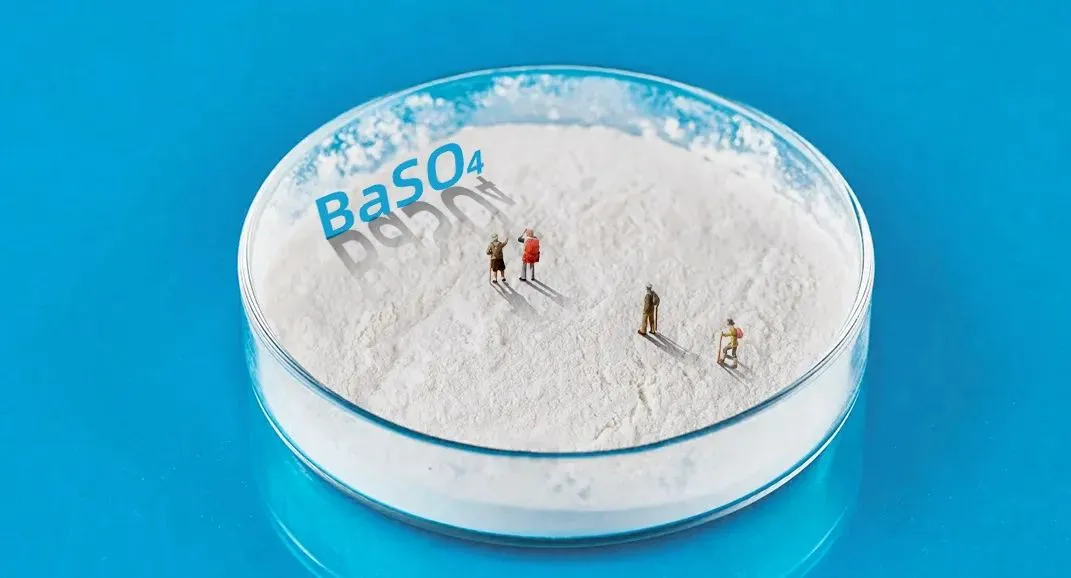La influencia del tamaño de partícula de molienda en las partículas de polvo se refleja principalmente en tres aspectos: las propiedades físicas, el rendimiento del proceso y las aplicaciones finales.
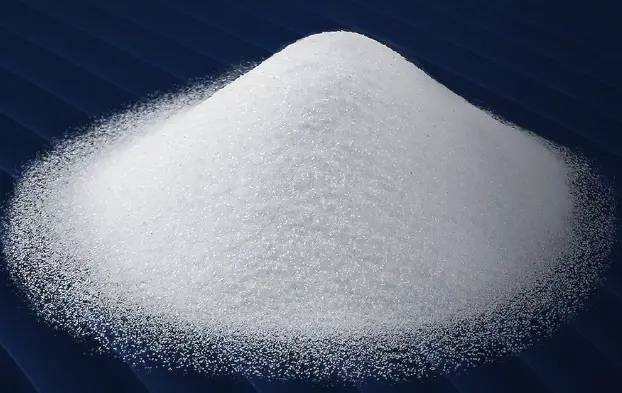
1. Cambios en las propiedades físicas y químicas
Área superficial específica y energía superficial:
A medida que el tamaño de partícula se reduce a niveles micrométricos o nanométricos, la superficie específica aumenta exponencialmente. Por ejemplo, la superficie específica de partículas de 1 μm es 100 veces mayor que la de partículas de 100 μm. La actividad superficial aumenta significativamente. Por ejemplo, la velocidad de disolución de fármacos aumenta de 3 a 5 veces después del nanodimensionamiento. eficiencia de la reacción catalítica puede aumentar en más de 30%.
Distorsión de la estructura cristalina:
El rectificado mecánico aumenta la tasa de defectos de red. La densidad de dislocación de los polvos metálicos típicos después del rectificado puede alcanzar 10^12/cm². Esto afecta directamente la reducción de la energía de activación de la sinterización en aproximadamente 15-201TP³T.
Deterioro de la fluidez:
Cuando D50 < 20 μm, el ángulo de reposo del polvo generalmente supera los 45°, lo que requiere la adición de 0,5-1,21 nano-sílice TP3T y otros auxiliares de flujo para mejorar la fluidez.
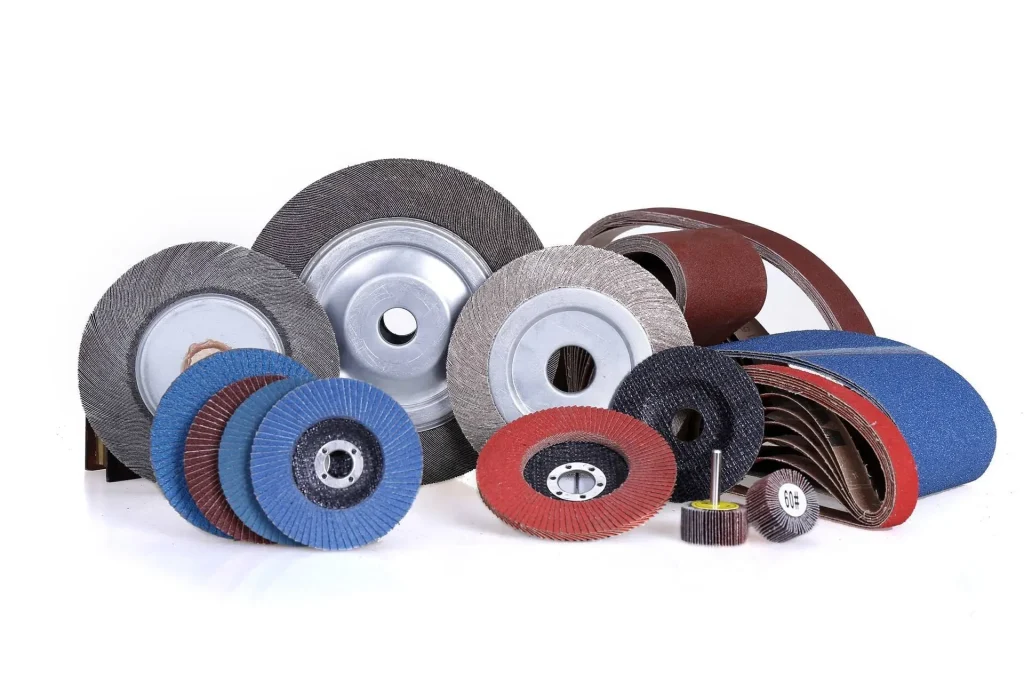
2. Influencia en la adaptabilidad del proceso
Ventana del proceso de formación:
La formación de cuerpos cerámicos verdes requiere un rango de distribución granulométrica controlado entre 1,2 y 1,5. Un rango demasiado estrecho produce una densidad de empaquetamiento insuficiente (<55%). Sin embargo, un rango demasiado amplio causa defectos de delaminación.
Dinámica de sinterización:
Al refinar el polvo cerámico 3Y-TZP de 1 μm a 0,3 μm, la temperatura de sinterización se puede reducir en 150 °C. La densidad aumenta de 921 TP3T a 99,51 TP3T.
Estabilidad de dispersión:
Las suspensiones con un tamaño de partícula D90 < 5 μm requieren la adición de 0,1-0,5% en peso de dispersantes de policarboxilato de %. El valor absoluto del potencial zeta debe ser > 30 mV. De esta manera, se puede mantener una velocidad de sedimentación < 5% durante 30 días.
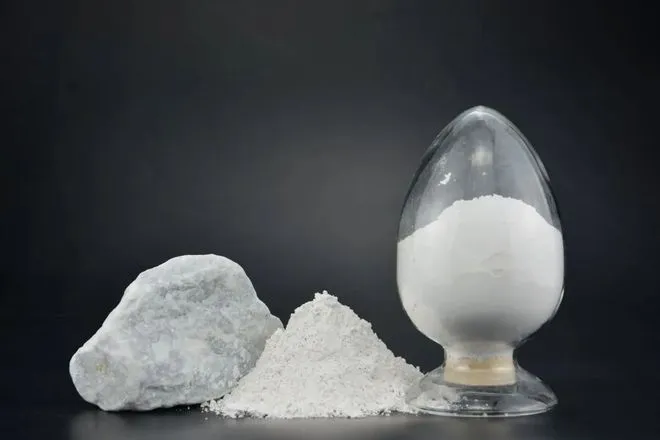
3. Correlación del rendimiento terminal
Propiedades mecánicas:
Por cada reducción de 0,1 μm en el tamaño de partícula de carburo de tungsteno en el carburo cementado WC-Co, la dureza aumenta en 50 HV, mientras que la tenacidad a la fractura disminuye en 0,5 MPa·m^1/2.
Propiedades ópticas:
Cuando el D50 del dióxido de titanio aumenta de 0,3 μm a 0,5 μm, el poder cubriente disminuye en 15%, pero la resistencia a la intemperie mejora en 20%.
Biodisponibilidad:
Cuando el ibuprofeno se microniza a D90 < 10 μm, el tiempo de disolución in vitro T80 se acorta de 45 minutos a 12 minutos.
Control de parámetros clave en la tecnología de molienda
Optimización del consumo energético:
Al utilizar un planetario Molino de bolas Para moler alúmina, la relación de velocidad óptima es 1:2 (tanque: chasis). Una tasa de llenado de 30% ahorra 40% en comparación con una tasa de llenado de 60%.
Umbral de rectificado inverso:
Tras 8 horas de molienda, las partículas de α-Al₂O₃ tienden a reaglomerarse. Para prolongar el tiempo crítico de molienda a 12 horas, es necesario añadir 0,21 TP₃T de trietanolamina.
Control de temperatura:
Al moler polvo de nanosilicio, la temperatura de la suspensión debe mantenerse por debajo de 40 °C. Por encima de esta temperatura, la tasa de crecimiento del grano se triplica.
Cuello de botella técnico actual: El error de detección en línea para polvo submicrónico se mantiene en ±8%, y la densidad aparente del polvo ultrafino (D50 < 1 μm) es entre 20 y 30% inferior al valor teórico. Se recomienda utilizar un proceso de molienda multietapa (molienda gruesa + molienda fina + modificación de la superficie) con un sistema de monitorización del tamaño de partícula en línea para lograr un control estable de la distribución del tamaño de partícula, con un valor de CV <5%.

Epic Powder ofrece una completa Servicio postventa Sistema que abarca desde la instalación y puesta en marcha de equipos hasta la capacitación operativa, el mantenimiento y el soporte. Como marca consolidada en la industria, Epic Powder Machinery se compromete con la atención al cliente, la calidad y la innovación. Somos su socio de confianza para alcanzar el éxito a largo plazo.
Elegir Polvo épico ¡Para soluciones de procesamiento de polvo eficientes, ahorradoras de energía y respetuosas con el medio ambiente!
¡Contáctanos para conocer más sobre nuestros productos!

